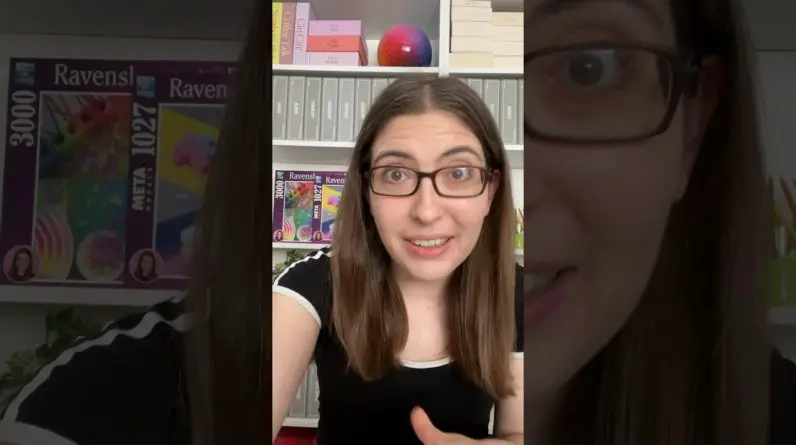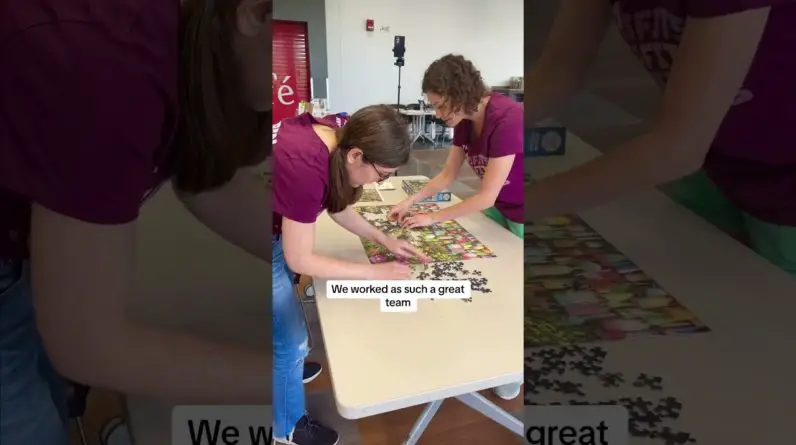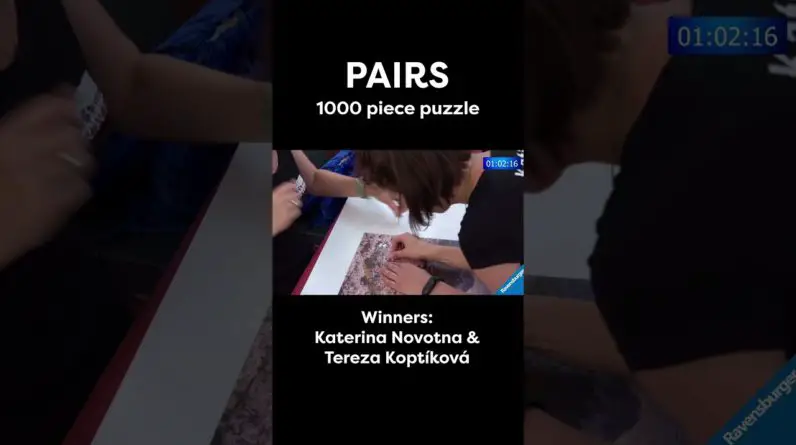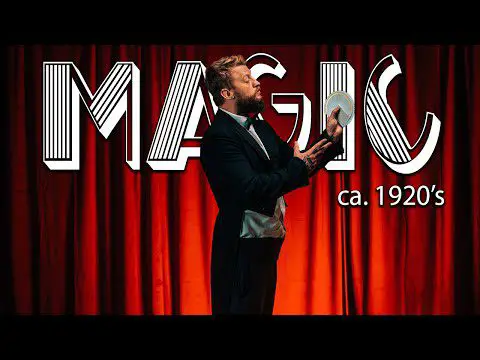
Performing 100 Year Old Magic Tricks
The year is 1920. audiences clamor into dimly lit theaters, hoping to get a closer look at some of the world’s most famous illusionists whispering rumors float around the performer, as he makes his way along the creaky floorboards of the stage the room grows. Quiet magic is real. The world was a different place before the rise of television. The only way to substantiate claims made by newspapers of other worldly powers that a magician might possess was well to buy a ticket, see it with your own eyes.
Audible, gasps and screams could be heard throughout the performance, as the showman demonstrates his magical prowess, regaling them with tales of an exotic land from which he retrieved its secrets. You see when something was unexplainable. It was simply known as magic. I attended an online auction and purchased some props used by magicians over 100 years ago and, to my surprise, some of them have held up quite well withstanding a century of use, the first of which is a famous parlor trick. The effect is known as the rising card is chosen, mixed within the deck of cards and through magic.
The chosen card rises by seemingly impossible means. The version of this effect, which I purchase is performed with a small wooden box. A secret flap is hidden on the inside of the box, where a duplicate of the force card is inserted when placing the card in the flap it pushes down on a string which is attached to a small wheel on the back of the box, once the spectator Has placed the cards in the box, the magician carefully rotates the wheel, making the chosen card rise with no apparent effort. Next up the card, ladle Boston, c, Milton chase circa 1885, a handsome nickel-plated device used to collect a playing card from a spectator only it allows the magician to secretly switch out its contents. Cleverly, concealed mechanism in its handle allows for a metallic flap on the inside of the ladle to cover the selection when pressed a beautifully simple example of magic engineering.
This is the precursor to the modern change bag still used today by magicians around the world. A sword is the revealed, produces a deck of cards and instructs an audience member to choose a single playing card. That card is then returned to the deck shuffled and handed back to the performer. The performer advises the audience member to stand back. The cards are then sprung into the air and with one swift motion, the selected card is stabbed midair by the tip of the sword.
This magical effect has been around for ages and it’s still performed today. In fact, my best friend Wes barker fooled Penn teller with his original version of this trick, but this one here this is Jermaine’s card sword. Circa 1903, a metal sword with engraved grip and a triangular shaped blade attached to the hilt, is a secret compartment made for one card. The card is attached to a ribbon which is strung from the base through the tip of the sword and back down. It is held fast into place by a small clamp which, when triggered, sends the playing card shooting to its tip swords were a great stage prop and used in many acts.
This one here was known as the sword through body illusion: circa 1900, an imitation sword constructed from a spring steel, with a heavy brass grip and guard together with the curved metal gimmick allowing a performer to apparently plunge the sword through the body of his victim without Harm there’s a reason things are considered classic in that they are timeless and even over 100 years later, they still command reverence and have the potential to leave audiences astonished. I often wonder what life would be like for a magician back then or if I could go back in time, knowing what I know now, which trick would I bring back with me? What would my stage show look like before this video ends? I want to leave you with something: magic is no longer what it used to be. Audiences are more aware of methods than ever before, and performers seem to treat them as if they aren’t for magic to prosper.
We can no longer rely solely on fooling people. Instead, we must demonstrate with great passion that we are devoted to sharing the art of magic.

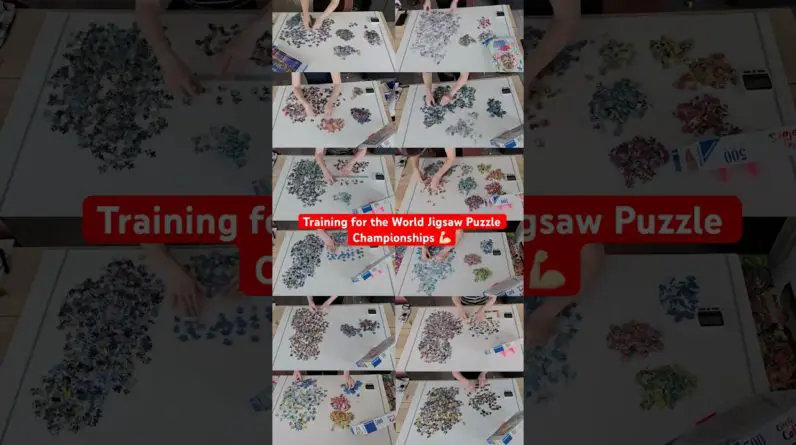
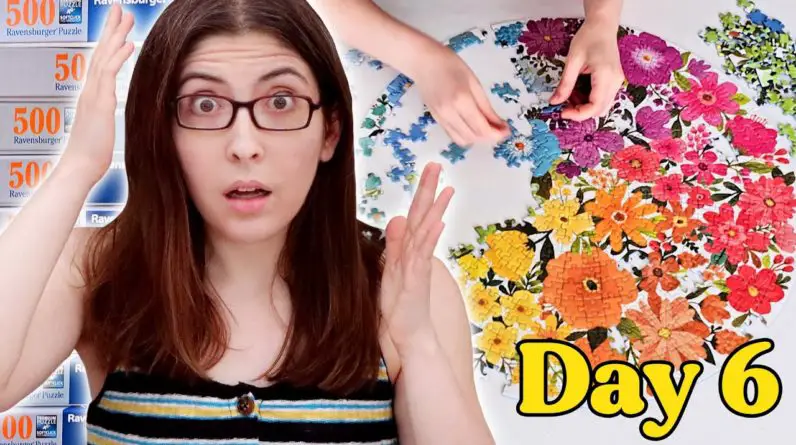
![[1563] Old School Parental Controls (Homework First NES Lock)](https://puzzlebeat.com/wp-content/uploads/2023/09/1563-old-school-parental-controls-homework-first-nes-lock-sseoSbBA-A8-796x445.jpg)
